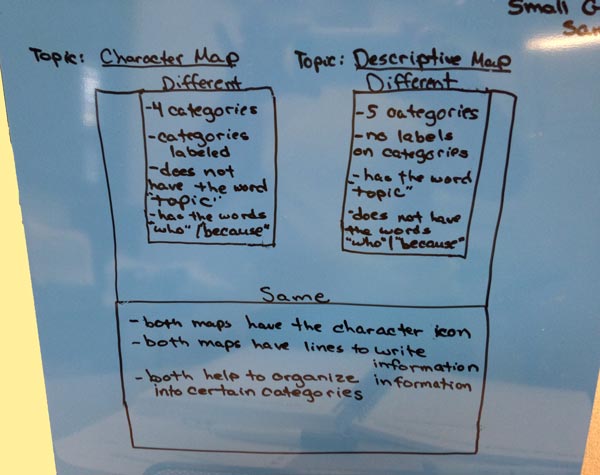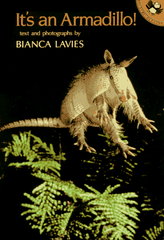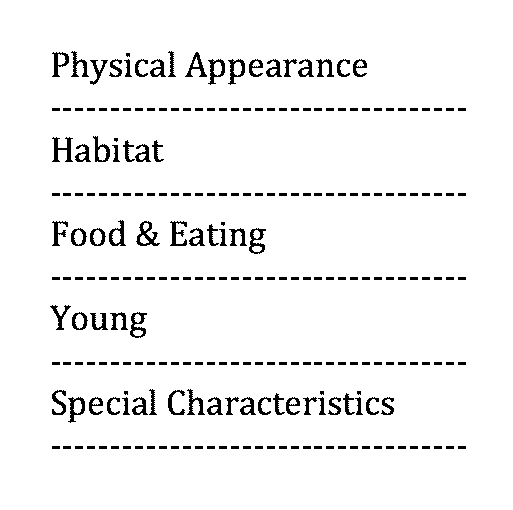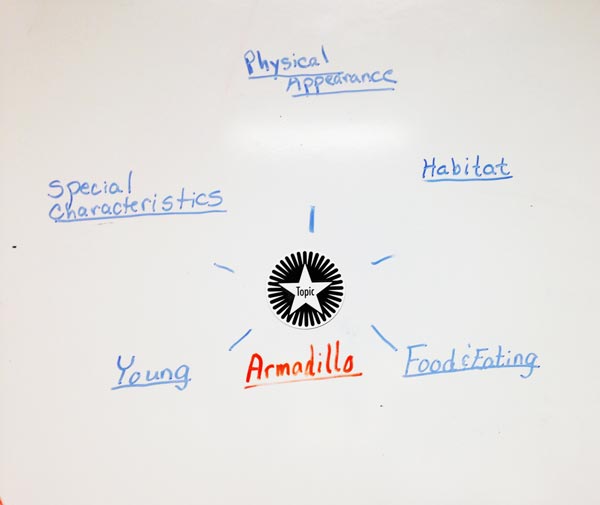Menu
-
- Home
-
About Us
-
The Approach
-
Linking Language & Literacy
-
MindWing Learning
-
Learning Resources
-
SHOP
-
Blog
-
- About MindWing
- Our People
- Contact Us
- Your Account
- Login
-
Spain (EUR €)

Exploring Expository Texts Using the SGM Descriptive Map
August 12, 2015 3 min read 1 Comment
Several lessons on characters and settings have been presented in past blog entries. Increasingly, children are asked to take informational selections and summarize what they have learned. There is a great need to help students find ways to organize and express expository texts.
We have found it helpful to take the time to transition from the use of the Character Map—that the children are already familiar with—to the Descriptive Expository Map.
Begin by showing your students the Character Map and the Descriptive Map.


Elicit responses as to how the two maps are the same/different as you write the responses on a whiteboard. We have also used the use SGM Compare/Contrast map with older students and intervention groups.

Emphasize that both maps have one very important thing in common: Both maps help us to organize what we read or want to discuss.
 Explain to the students that you will be reading a selection about armadillos and will be filling in the Descriptive Map with them.
Explain to the students that you will be reading a selection about armadillos and will be filling in the Descriptive Map with them.
Tell them that this is an informational (expository) selection and that you will choose the categories to help organize all the information they will learn. Share that the five categories you have come up with: Physical Appearance (which should be very familiar from the Character Map), Habitat, Food/Eating, Young, and Special Characteristics. Discuss the meaning of each category.
Present It’s An Armadillo! By Bianca Lavies. Read the selection to the children in its entirety. Have the Descriptive Map ready to use.
For older students, you may want them to have a blank copy of the map with just the categories labeled and ask them to fill it out with you as you discuss the selection.
Reread the first several paragraphs and list information. We have found it helpful to read the paragraphs, elicit characteristics from the paragraphs in list form and then, one by one, choose which category to put the information in. Be sure to discuss WHY each item has been placed in a certain category.
 The following day, review and continue with several paragraphs whole group. The next day, you may give each child a paper that has the five categories listed.
The following day, review and continue with several paragraphs whole group. The next day, you may give each child a paper that has the five categories listed.
The students will cut the strips apart and place them on their desk. Then, read the paragraph and list the information as in the previous two days, but this time, however, as an item is read, each child will hold up the category he/she thinks the fact belongs to before you place it in the category. This will give you an idea as to how well each child is able to categorize at this point.
This often becomes a time when those children who have been experiencing difficulty with categorizing need additional practice.
Two quick ideas that we have used:
Grocery Store Scramble
Categories: Snacks, Fruits and Vegetable, Frozen Foods, Deli/Cold Cuts and Paper Products provide clear-cut categories for a sorting activity. Find pictures from your local circular of picnic cups, granola bars, cheese, paper plates, fudgicles, Kleenex, frozen pizza, Doritos, cold cuts, lettuce, celery, apples, tomatoes, grapes, cheese twists, oranges, popsicles, ice cream, chips, etc. Have the students sort the items. The process of elimination as a strategy is helpful to discuss.
Jungle or Forest Animal?
Categories: Jungle or Forest Animals. This simpler sorting activity involves categories of animals…forest or jungle? Any number of sorting activities with varying degrees of difficulty could be easily adapted for this.
Continue through the selection.
A sample of a completed map done with a fourth grade class is presented below.
As a whole class, you would then number the categories 1-5. Start with Category 1 and model putting the information into sentences eliciting suggestions from the students. You may want to divide the students into groups and have each group be responsible for writing one paragraph… or talking about one category with a partner, depending upon the needs of your students. Check off the items used as you go along just as we have modeled in the past using the Character Map.
1 Response
Leave a comment.
Comments will be approved before showing up.





Tracy Beckford
February 23, 2017
I found your blog very helpful, and I plan to use this strategy with my STEM students. We are learning about ecosystems, classifying, and adaptations; this strategy provides a way to help students categorize their information. Thanks.